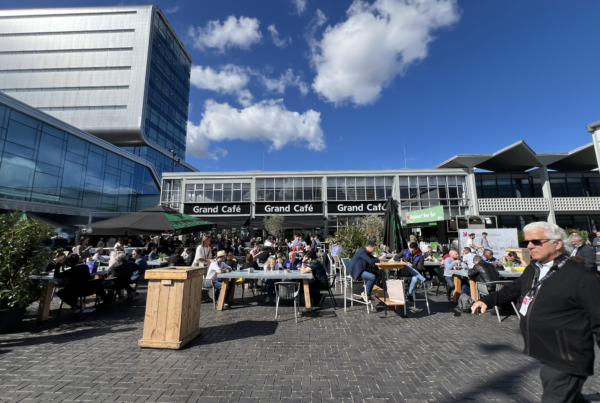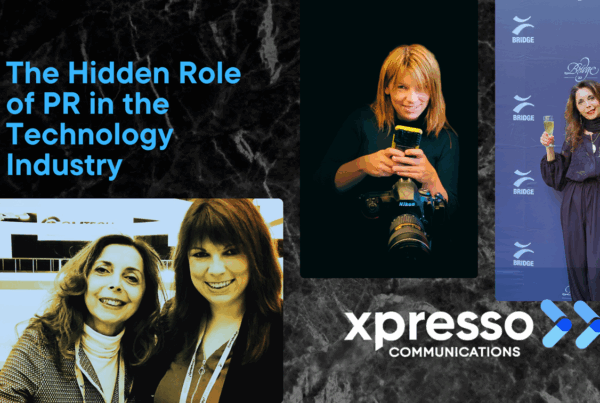A reflection on spam, tone, and the illusion of connection
“That which is static and repetitive is boring. That which is dynamic and random is confusing. In between lies art.” John Locke
If John Locke had lived in the age of email, he might have unsubscribed long ago.
Every day, our inboxes fill with messages that shout instead of speaking:
‘Quick call?’; ‘Your account has been blocked.’; ‘Do you have a minute?’; ‘Your password has expired’.
Each message has a slight variation on the same monotonous melody and the tone of these emails swings between false urgency and artificial intimacy: the online equivalent of a knock on the door from a stranger who already knows your name. The most infamous formula starting with “Dear [First Name]” feigns familiarity while confusing intrusion with intimacy.
Spam has become so omnipresent that we often dismiss it as background noise. But if we pause long enough to look closely, it reveals something rather unsettling about the increasingly automated, repetitive and unimaginitive state of modern email communication.
The Mechanisation of Message
The problem with spam isn’t just ethical though, it’s existential.
For decades, creativity has shaped marketing and communication through the art of speaking to the right people at the right moment, in the right way. Today, large parts of that craft have been replaced by systems that optimise mainly for clicks rather than for connection. Spam is the purest form of this decay: communication without creativity, persuasion without presence.
Why are spam emails so boring, so aggressive, so formulaic? Because they are built for volume, not value.
The creators of these automated emails seem less driven by curiosity or genuine interaction than by the sheer pursuit of numbers. They know that if one in a thousand recipients takes the bait, the campaign will be ‘successful’. And so, repetition becomes their substitute for thought.
The Monotony of Manipulation
But there’s more. Spam emails often overstep the boundaries of tone and culture. Some of them, particularly those generated from certain countries, open with “Dear + first name” which is quite a strange attempt at politeness landing somewhere between mechanical and invasive.
Imagine experiencing the same in real life: someone turns to you with a smile “Hi, dear… what’s your name again?” Let’s be honest, that’s not how communication works. It’s not only awkward; it undermines the very idea of connection. Do they really believe that a stranger feels more intimate when addressed as if by an old friend? It’s almost comical, yet it exposes the central illusion of spam: the belief that familiarity can be manufactured. What’s meant to sound personal ends up feeling mechanical, a hollow echo of genuine attention.
And then there are those who take creative licence with your name — in my case, “Fiore” or “Fio” — as if shortening it could make the message warmer. It’s the online version of a stranger’s tap on the shoulder, cheerful but fake. It doesn’t connect; it disconnects.
The Illusion of Effectiveness
 Repetition isn’t the enemy; it’s how we learn. Like a flamenco dancer tracing the same steps, each movement renews itself through rhythm, tension, and spirit. But there’s a difference between rhythm and redundancy, between a pattern that engages and one that numbs.
Repetition isn’t the enemy; it’s how we learn. Like a flamenco dancer tracing the same steps, each movement renews itself through rhythm, tension, and spirit. But there’s a difference between rhythm and redundancy, between a pattern that engages and one that numbs.
In most cases, repetition works but only when it serves a clear purpose: in advertising, in education, wherever intent meets craft. Television, or any form of media advertising, is transparent about its intent. It may repeat messages or repackage them for emphasis, but audiences remain free to choose their response, to switch channels, ignore it, or even find it informative for their next purchase. Spam, on the other hand, tends to use repetition as a shortcut. It copies and pastes the same triggers — fear, scarcity, urgency — without any sense of rhythm, intention, or context. It’s not repetition as craft; it’s repetition as collapse.
The Human Cost of Boredom
Locke’s observation about art being “in between” is perhaps more relevant than ever. When communication becomes too static — endlessly recycled and predictable — it loses its capacity to move. When it becomes too dynamic and algorithmically generated, it confuses rather than connects.
Spam sits at the wrong end of both extremes: static in its repetition, chaotic in its lack of thought. It represents communication that has forgotten its audience and in doing so, its essence.
We’ve all experienced the fatigue of the inbox, the erosion of trust, the sense that every message is trying to extract something from us. But what if communication could once again be about offering an idea, an emotion, a story worth reading?
That’s where art comes back into play.
The Art of Communication
Art, at its best, lives in balance between order and surprise, between discipline and imagination. Great communication should not only convey information, but kindle transformation in those who receive it.
Every message, whether seen, read, or heard, holds the potential to light a small spark of recognition in someone else. Meaning grows not through volume, but through resonance.
We approach every industry topic from multiple angles blending research, data, and creativity with a keen sense of audience, tone, context, and form, whether that’s a press release, a thought-leadership piece, or a blog. Every piece begins with intent, visible in the result it achieves. The same should hold true for emails: they deserve purpose, not repetition.
From Repetition to Resonance
The art of communication lies in allowing a message to mature like a musical theme — revisited, never merely repeated. At Xpresso, we call this content evolution: transforming a story through different forms while preserving its emotional and intellectual core. It’s how an article becomes a conversation, how a press release becomes a narrative, how a social post becomes an invitation to think.
A message designed to inform, to stimulate reflection and to invite genuine interest gains longevity of its own. It lasts not through volume, but through attention. Because meaningful communication doesn’t spam; it triggers curiosity. It doesn’t scare; it engages. It doesn’t bore; it surprises. It doesn’t automate; it connects.
Why Creativity Still Matters
It matters because recipients are human beings, and they expect to be addressed as such. It matters because creativity expands and enriches; it sparks new ideas, new emotions, new conversations. True creativity doesn’t exhaust itself; it regenerates.
Locke’s balance between the static and the dynamic is precisely where Xpresso lives and creates.
We explore, experiment and humanise, turning technical detail into narrative, complexity into clarity, and information into inspiration.
Our creative approach begins with curiosity. It listens before speaking, observes before defining, and shows genuine interest in those who receive the message. Communication born of curiosity reaches outward, building bridges, creating resonance and inviting dialogue.
Its essence is purpose. Even when that purpose is commercial, it carries respect and responsibility. Connection flourishes when intent is clear and form remains courteous.
Creativity plants the seeds of connection; automation, when mindless, only wears the soil thin.






